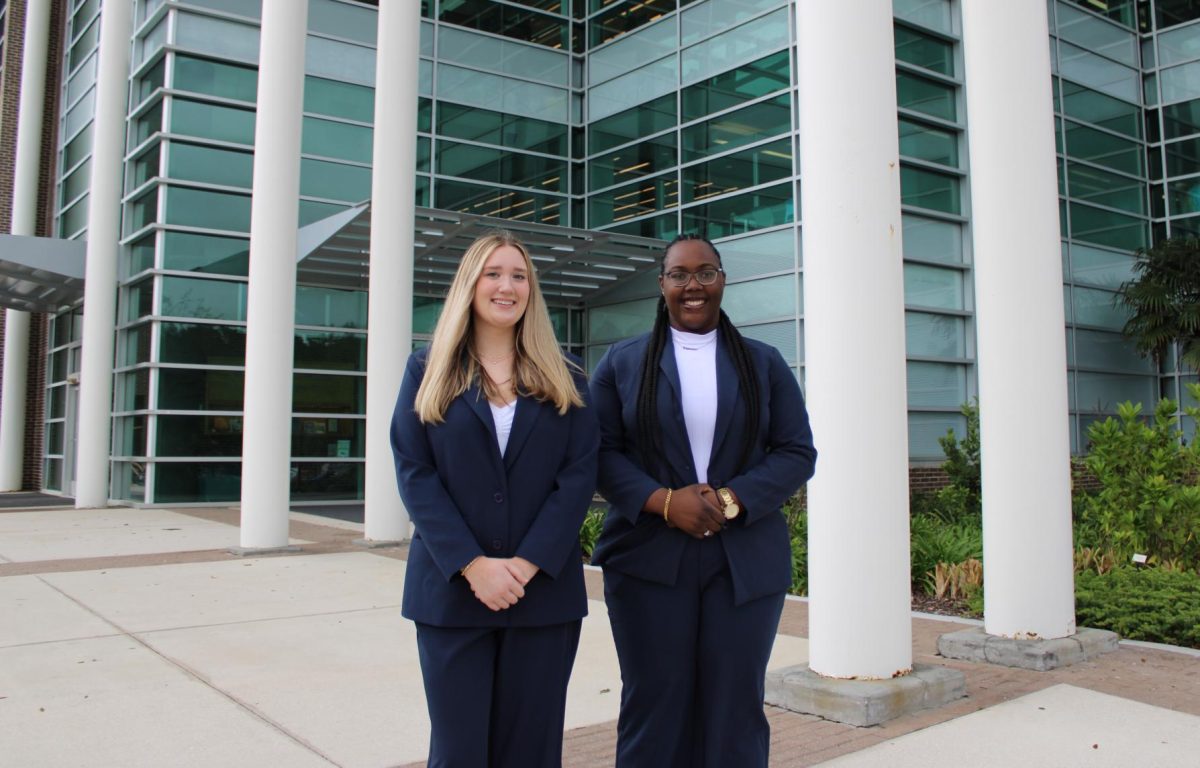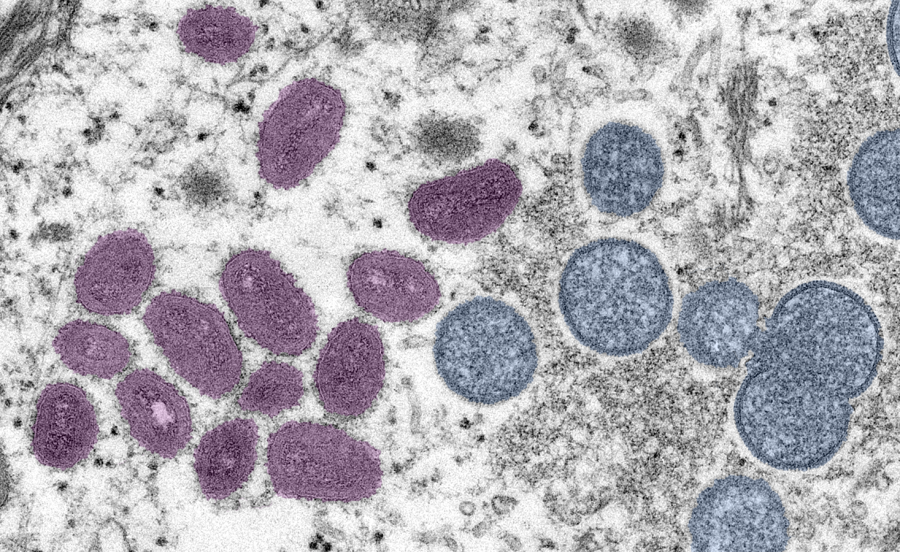 Aside from the fear of death, what else influences and motivates lives more than sex? The college campus takes men and women of similar age who are at their sexual peak and places them in pelvis-pressing proximity.
Aside from the fear of death, what else influences and motivates lives more than sex? The college campus takes men and women of similar age who are at their sexual peak and places them in pelvis-pressing proximity.
With high school hormones still flowing strong and a new-found sense of freedom, it’s no wonder college students are getting-it-on pretty frequently.
“I don’t doubt [that students are having sex.] They seem pretty open about it. There’s a lot of parties, a lot of drinking. That could lead to a lot of stuff,” said senior business major Matilda Durmishaj.
Between 75 and 90 percent of college students are sexually active, according to a 1999 study by Dalton, Donald and Ratliff-Crain; and a 2005 study by LaBrie, Earleywine, Schiffman, Pedersen and Marriot.
In 2007, the American College Health Association found that during the 30 days before its study was conducted, over 46 percent of participating students had vaginal intercourse. Forty-three percent had oral sex and 4 percent had anal sex, according to the same study. Of those the health association polled, the rates of condom use during the last vaginal, oral or anal sexual act were 54 percent, less than 4 percent and over 26 percent respectively.
Disease prevention on campus
Free male and female condoms, as well as lubricants and educational literature are available through UNF Health Promotions.
“We offer counseling and give dorm and classroom presentations… to help people reduce risk factors,” Health Education Coordinator Ashley Morris said.
UNF does not keep records regarding STDs among students, Director of Student Health Services Doreen Perez said. But according to a 2003 study conducted by DiClemente and Crosby, persons ages 19 to 24 contract a majority of sexually transmitted infections.
“I think people are more afraid of getting pregnant and the responsibilities that come with that. STDs almost seem like an urban legend,” said junior psychology major Hannah Fozia.
Because of this misconception, the Centers for Disease Control and Prevention, reported half of all new HIV infections occurred among those younger than 25 in 2004.
Fortunately, UNF Health Promotions is certified to test for HIV and the services are anonymous and open to the public, Morris said.
Student Health Services also offers STI testing for students.
Morris said that more active students who may be switching partners frequently should be tested every three to six months. Infected men more readily display symptoms, while women take longer or do not show them at all, he said.
It’s a combination of taking preventative measures and knowing when something seems fishy, she said.
Forty-five percent of women ages 20 to 24 will contract Human Papillomavirus and nearly three quarters of new cases arise in women aged 15 to 24, according to a 2009 publication in the College Student Journal. HPV can lead to cervical cancer, which the American Cancer Society estimates will kill 4,070 women in 2009, though it’s important to note not all cases of cervical cancer are caused by HPV. Despite the finding that college students are using condoms about half the time during vaginal intercourse, pregnancy rates seem to be falling.
“That’s why a lot of the kids are having unprotected sex because you don’t have to worry about getting pregnant anymore,” said Michael Tucker, senior accounting major.
Decrease in pregnant, abortion-seeking teenagers
Over the last 30 years, pregnancy rates among 18- and 19-yearolds fell by 20 pregnancies per 1,000 women, according to a 2006 Guttmacher Institute study.
Rates among women aged 20 to 24 in 2002 were exactly the same as 1972 — 172.4 per 1,000 — but today’s rates are on the decline from a high of 200 per 1,000 in the early ‘90s, according to the study.
Though there has been very little net movement in the 20-24 range, trends show an overall decline. Looking at the 18 to 19 rates may be more indicative of where college students are heading.
Since some women aged 20-to-24 are trying to get pregnant, looking at a demographic near in age but with a much lower frequency of intentional pregnancy can give some insight into college trends.
Abortion rates are harder to pin down. Between 1986 and 2002 abortion rates among 15 to 19 year olds have almost halved, while rates among women aged 18 to 19 and 20 to 24 have seen ups and downs with a trend towards gradual decline, according to the study.
Falling birthrates and the wide dissemination of information bodes well for students. But if you are planning on hitting the Boathouse for a few drinks with the hopes of taking someone home to hit the sheets, at least make a stop at Health Promotions, Building 3, room 1202, or Student Health Services, Building 39A, room 2098, to pick up contraceptives and educational pamphlets.
“[People] just need to be more cautious and think more,” Durmishaj said.











